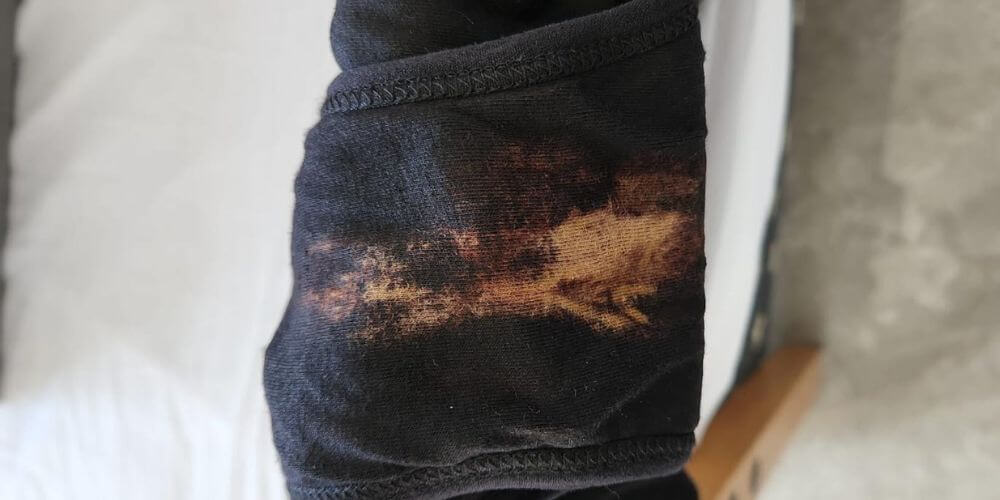Like any biological and chemical phenomenon, stains also have a scientific explanation, and even if you don't plan on becoming a doctor of chemistry or a gynecologist, it's worth getting to know the subject to maintain the quality of your underwear over time, and so that you can perhaps recognize when something wrong is happening in the body. So let's start with a brief scientific explanation (we promise it will be short) and go from there, okay?
What is the normal acidity level that should be in the vagina?
A tricky question!
But before we answer it, it's important to first understand what an acid and a base are. So for those of us who need a refresher, acidity is a value that mainly affects how reactions between different substances will look, and it's measured using a pH scale. Imagine a scale with a middle of 7: anything below 7 is called an acid and anything above 7 is called a base (it's a little confusing because base communicates to us that something is down, but you get used to it). The hormones in the body affect the acidity level of the vagina, which is also why this is a tricky question. (Hint: The hormones in our bodies are not fixed.)
The average pH of women of childbearing age is usually acidic (between 4 and 5 pH), while girls and postmenopausal women are characterized by a more neutral vaginal pH (around 7 pH), which is of course due to hormones. So the normal level of vaginal acidity is not a fixed value to aim for, but a certain area around the pH scale that is worth knowing.
What affects the acidity level?
So as we've just learned, hormones are the main influencer of vaginal pH. But there are a few other things that can move it up and down the scale. For example, certain medications, birth control pills, and pregnancy itself. These things not only affect vaginal pH, but also the acidity of our vaginal discharge, its amount, color, and even smell.
Another important thing to understand as a result of this is that during the menstrual cycle, the secretions are different in composition from secretions on other days, and sometimes this may create more stubborn stains on our menstrual underwear or any other underwear.
That's exactly why we came together - what's the deal with these stains?
Vaginal discharge doesn't always stain underwear, and even if it does, many times these stains will come off in the wash. But there are cases where the stains remain even after it, and that sucks, for many reasons. These stubborn stains come from blood from the menstrual cycle, which has left our body into the external environment (the underwear) and the iron in it has oxidized upon contact with air. In other words, the discharge has become even more acidic than it was inside the body. In extreme cases of very acidic discharge, it can even pierce the fabric of the underwear, so it's important to choose underwear made of strong, high-quality fabric.
Now you're probably thinking, what's the problem? I'll just buy sanitary pads or pads and protect my underwear, which might make sense when it comes to regular underwear, but menstrual underwear is designed to absorb blood, not be a bed for pads. The best way to care for your menstrual underwear is to simply not let them wait in the laundry basket until your next period and wash them after use, according to the instructions that came with them. And for regular underwear, it's a little different.
So wait a minute.
Before you make the mistake of buying plastic hygiene products to avoid dirtying your underwear! We invite you to do some research on the implications of these products on your health and understand that this is really not the solution. High-quality menstrual underwear will be those that will withstand the special stains of menstruation and not fall apart over time.






